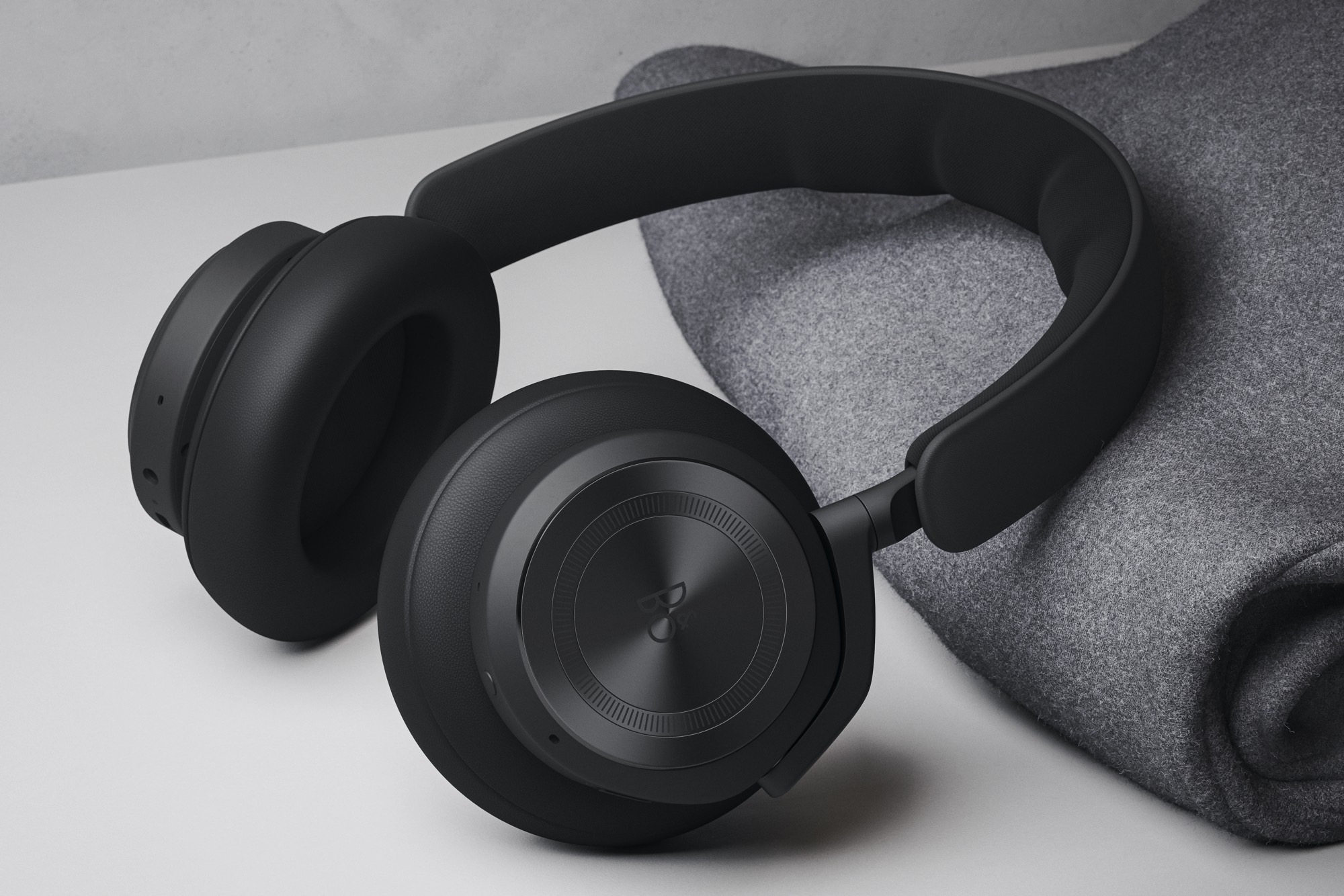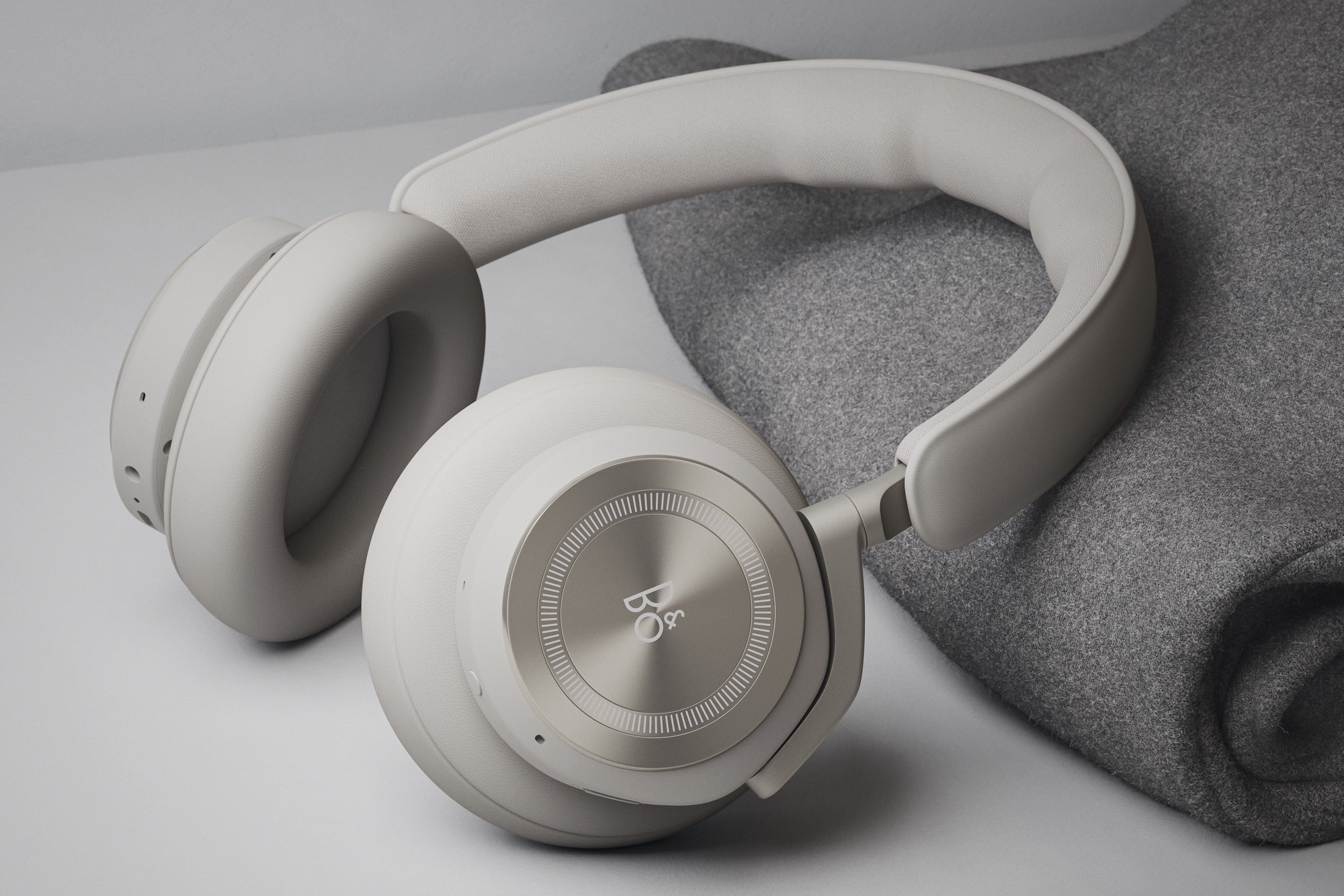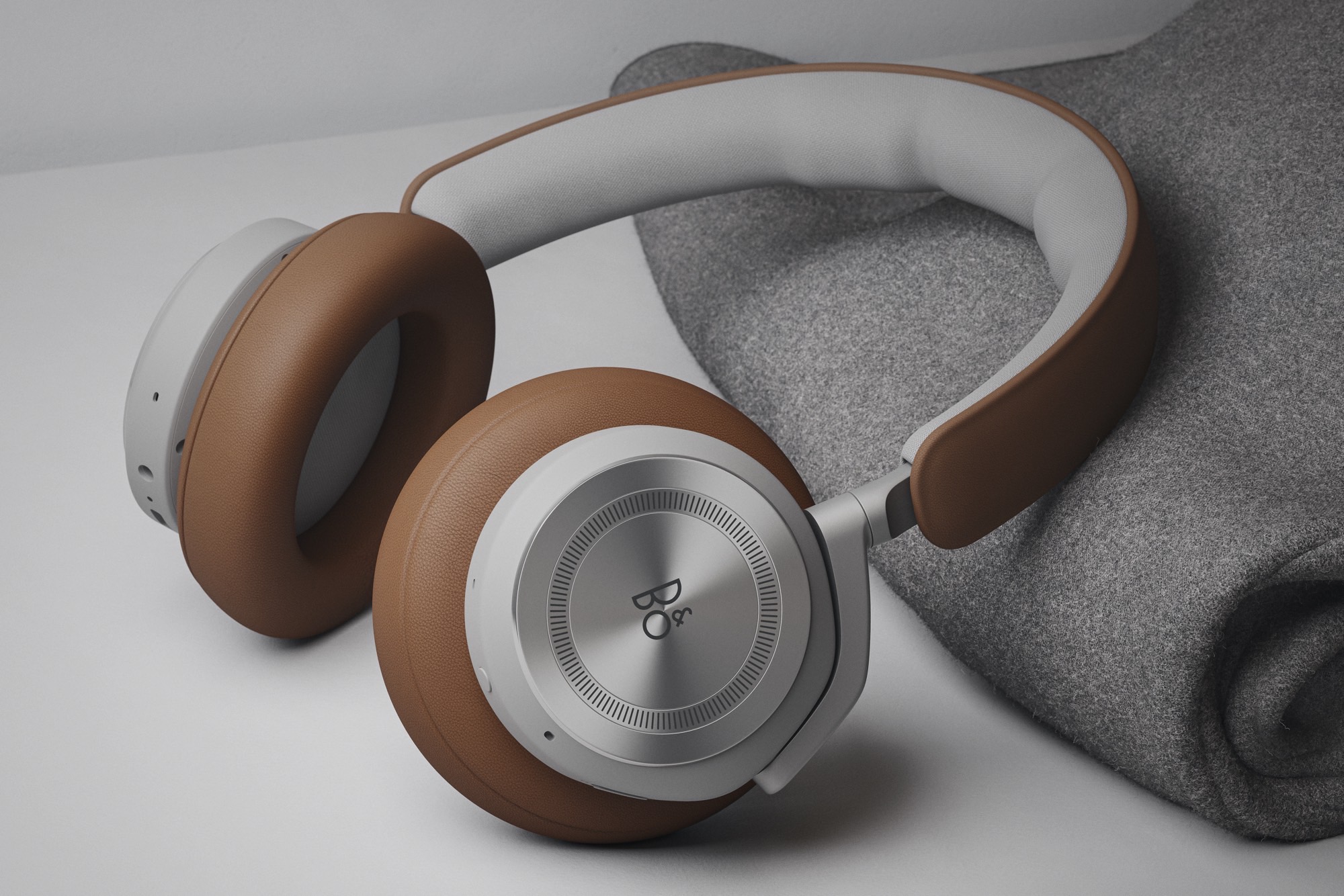
Bang & Olufsen (B&O) has taken the wraps off its latest high-end wireless headphones, the $499 Beoplay HX, which go on sale today in its black anthracite color scheme. Two other colors, sand and timber, will be made available later this year.
The Beoplay HX is the latest in the company’s line of luxury
When we reviewed the H9, we noted that their ANC was not especially strong at dealing with outside sounds. “It was actually a bit hard to tell where the active noise canceling began and the passive noise isolation ended at times,” our reviewer observed. Hopefully, the HX’s new ANC system proves more effective. All of the HX’s settings including ANC and transparency modes can be adjusted with the B&O app.
Inside the aluminum-finished earcups is a set of 40mm drivers with bass ports, which B&O promises will deliver optimal bass performance.
Powering the headphones is a battery with a claimed 35-hour life with ANC turned on, and 40 hours when it’s not in use. That’s a decent boost over the original Beoplay H9, which claimed a 20-hour battery life but only delivered about 14 hours with ANC turned on. Thirty-five hours is also significantly more than you’ll get from the $399 Bose Noise Canceling
The H9’s materials and build quality were top-notch and B&O appears to have kept this tradition alive with the HX. There’s plenty of supple leather used on both the ear cushions and the headband, and recycled aluminum is employed for the earcup pivots and sliders. The HX might actually be more comfortable for longer periods thanks to a revised headband design that uses a new center-relief zone channel.
Another feature that has stuck around is B&O’s touch controls, located on the right earcup. We’re hoping these have been improved since the H7 and H9, both of which gave our reviewer some problems: “The touch controls remain glitchy; there’s often latency with playback controls, and while swiping left and right works for changing songs, we routinely paused music when we were trying to swipe in a circular motion to adjust volume.”
Rounding out the HX’s feature list is Bluetooth 5.2, Google Fast Pair, Microsoft Swift Pair, multipoint capability for connecting with two source devices at once, a 3.5mm analog line-in jack, and support for SBC, AAC, and aptX Adaptive codecs.






